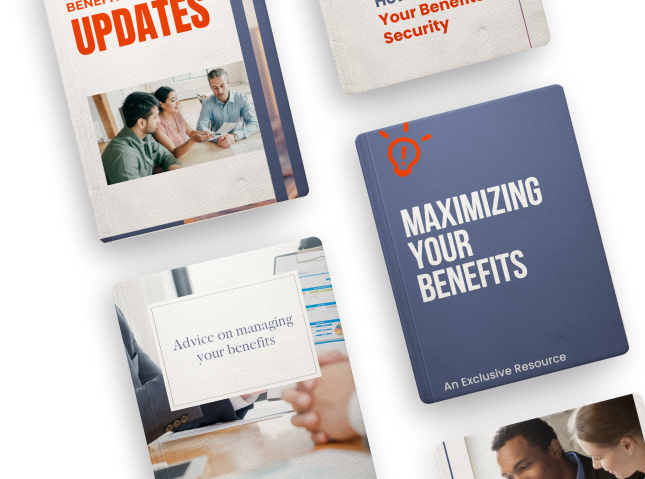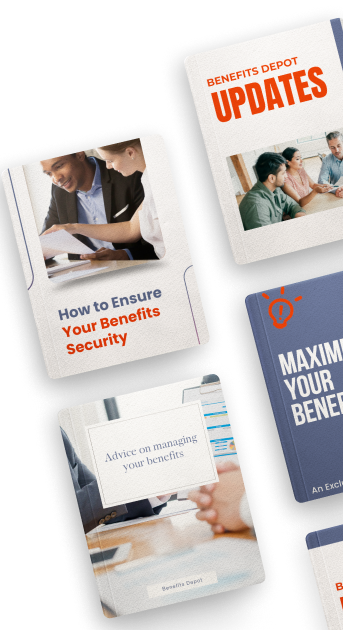Unlocking Support: Navigating Government Benefits for Disabilities
In a world where challenges can unexpectedly disrupt the course of our lives, knowing that there's a safety net to catch you can be immensely reassuring. Living with a disability can present various challenges, but it's important to remember that you're not alone on this journey. Governments worldwide offer a range of benefits and support systems to help individuals with disabilities lead fulfilling lives.
This comprehensive guide will walk you through the essential information about government benefits for disabilities, enabling you to access the resources you deserve.
Understanding Disability Benefits
Navigating the world of disability benefits involves understanding a range of programs tailored to provide essential support. In the United States, the Social Security Disability Insurance (SSDI) program stands as a beacon of assistance for those with disabilities who boast a work history. This safety net hinges on the accumulation of work credits, with benefit quantum reflecting past employment records and earnings. Conversely, the Supplemental Security Income (SSI) initiative caters to disabled individuals with limited resources or income without tying eligibility to work history. Factors such as income, living situation, and marital status play pivotal roles in determining the support quantum.
Navigating the Application Process
When embarking on the journey to secure disability benefits, a strategic approach can make all the difference. One crucial aspect is the meticulous gathering of essential documentation. These documents, including medical records, diagnostic reports, and doctor's assessments, play a pivotal role in substantiating the extent of your disability and its impact on your daily life. By presenting concrete evidence, your application gains a solid foundation for evaluation.
Moving forward, the application process itself demands careful attention and detail. Regardless of the specific benefit you're seeking, the application procedure can appear intricate. Ensuring a smooth flow requires a candid and comprehensive approach. By responding thoughtfully to questions about your condition, work history, and financial status, you provide a holistic view of your circumstances. This holistic insight, void of gaps, becomes the blueprint for accurate assessment, helping minimize potential delays or denials that might arise from incomplete submissions.
Amidst these intricacies, seeking professional assistance proves invaluable. The road can be overwhelming to navigate alone, which is why considering support from disability advocates or seasoned legal professionals is wise. Their expertise in this intricate field adds a layer of guidance that can simplify the paperwork labyrinth. Their insights ensure deadlines are met and increase the likelihood of a successful application.
Overcoming Challenges and Appeals
It's not uncommon for disability benefit applications to be denied initially. If this happens, don't lose hope. Many successful applicants faced initial rejections. Take the time to review the denial letter, understand the reasons, and gather any missing or additional evidence that could strengthen your case. If your application is denied, most governments provide an appeals process. This involves presenting your case to an administrative law judge not involved in the initial decision. Appeals can be time-sensitive, so be sure to adhere to the provided timeline for submission. Sometimes, the government might require you to undergo a medical examination by a doctor they choose. This is to ensure an unbiased assessment of your condition. Cooperate fully with these exams and provide accurate information about your disability's impact on your daily life.
Exploring Additional Support Services
Individuals with disabilities can also benefit from a range of support services offered by various governments. One notable avenue is Vocational Rehabilitation Programs, which focus on facilitating the reintegration of disabled individuals into the workforce. Through comprehensive training, job placement aid, and tailored support, these programs pave the way for a successful transition to a work environment that accommodates their unique needs.
Another valuable resource is Home and Community-Based Services. These services, often included in disability benefits, play a crucial role in sustaining independence. From personal care assistance to transportation support and home modifications for enhanced accessibility, these offerings contribute significantly to a more empowered and self-reliant life. Moreover, tax benefits and credits tailored for individuals with disabilities can be found in some states. These incentives not only alleviate financial burdens but also provide an extra layer of relief. To maximize these advantages, it's essential to explore the specific tax incentives available in your state, creating a more secure financial future.
Lastly, staying informed and up-to-date with your disability benefits is crucial as life's circumstances change. Whether it's alterations in your condition, income, living situation, or work status, keeping the relevant government agency informed is essential. Regular updates ensure your benefits accurately reflect your needs. Moreover, periodic reviews by the government help maintain eligibility; sharing updated medical details and requested documents is vital during these reviews to prevent benefit termination.
To stay well-informed, connecting with local disability advocacy groups can be immensely beneficial. These organizations not only offer information but also provide support and a platform to address policy concerns for individuals with disabilities. Remember, you're not alone on this journey – a supportive network of resources is ready to help you every step of the way.












